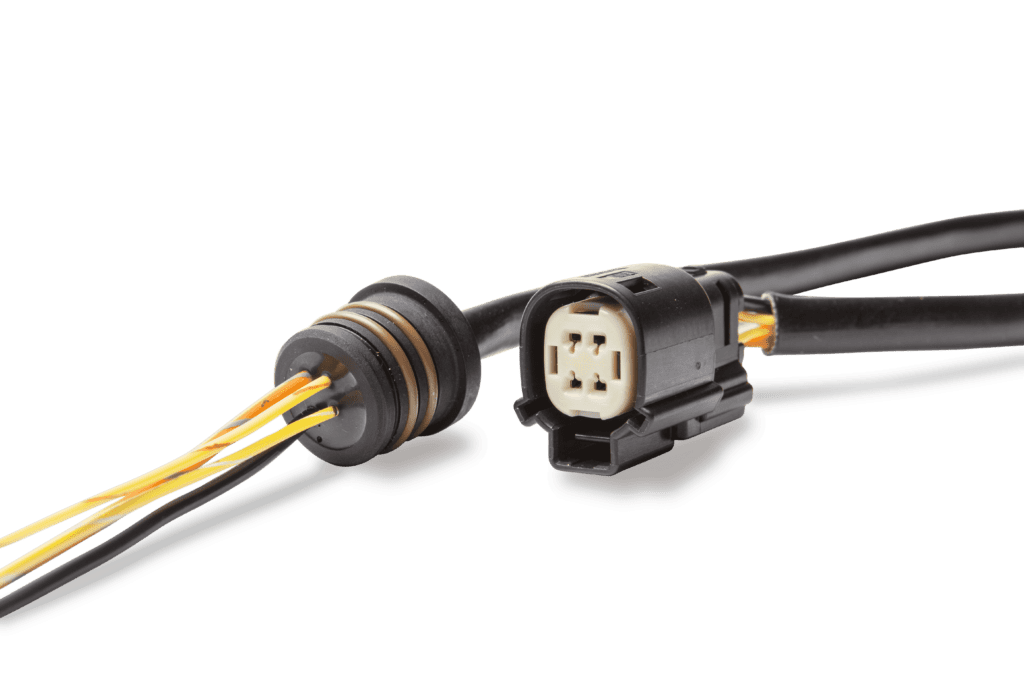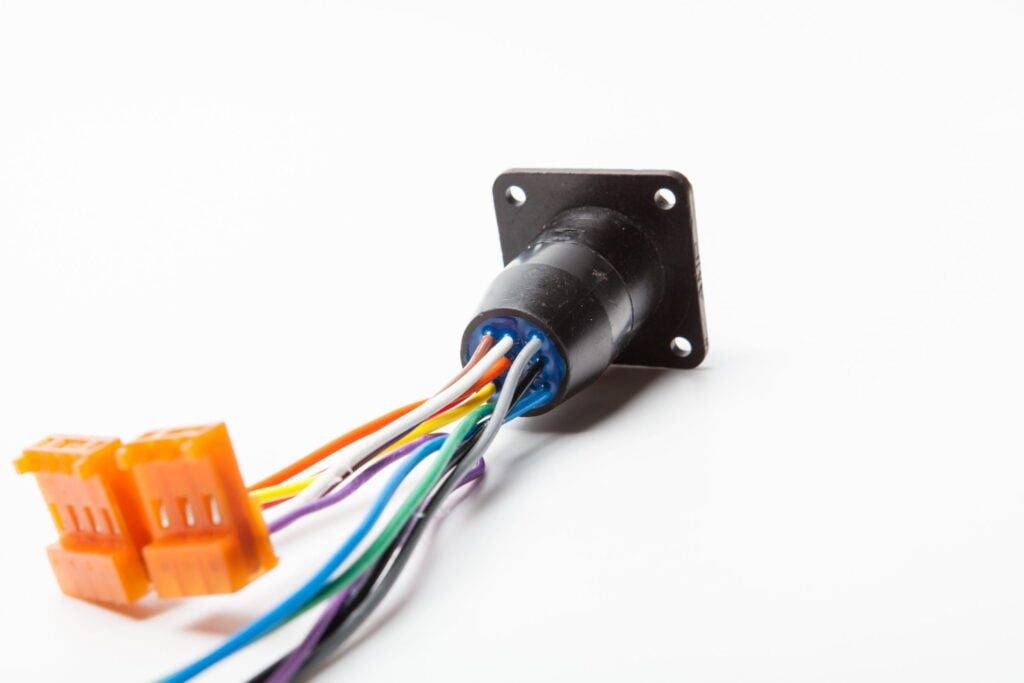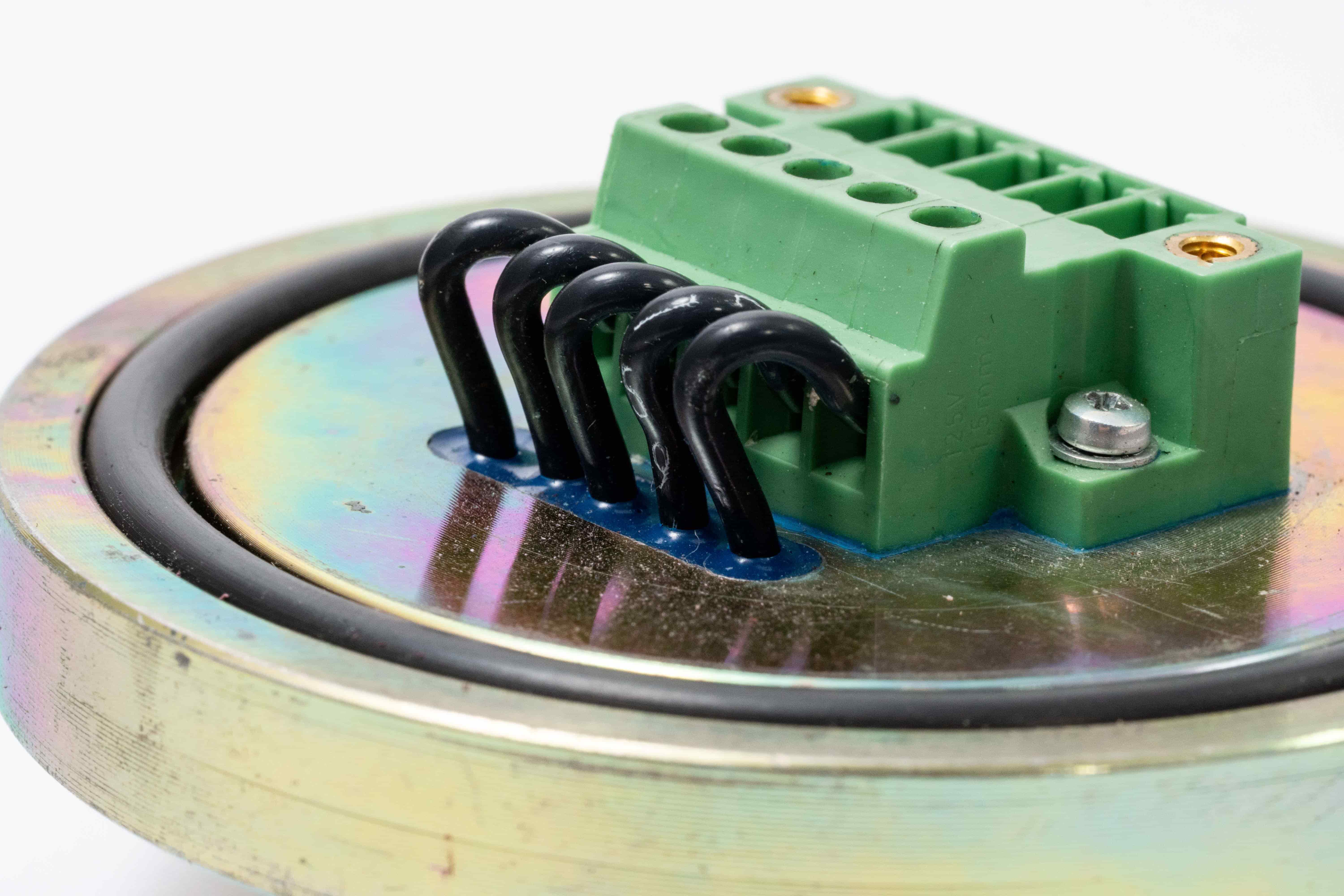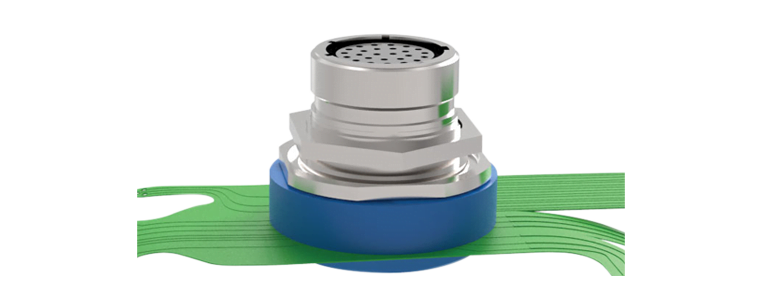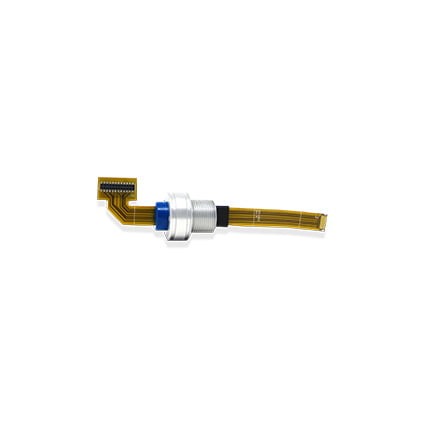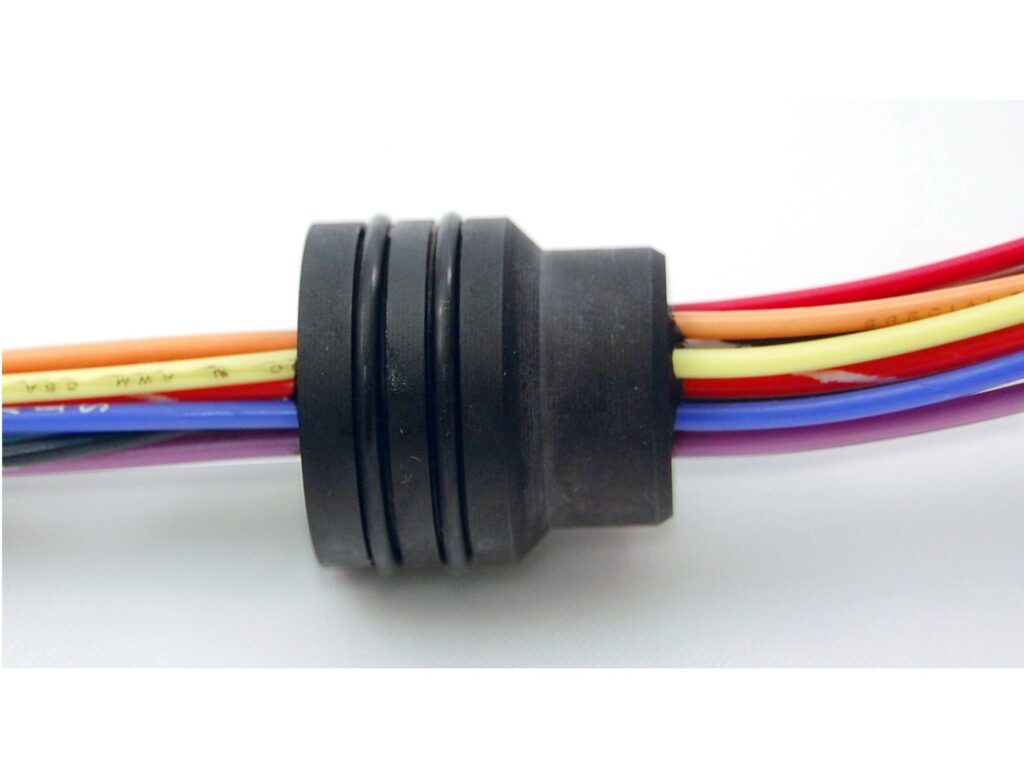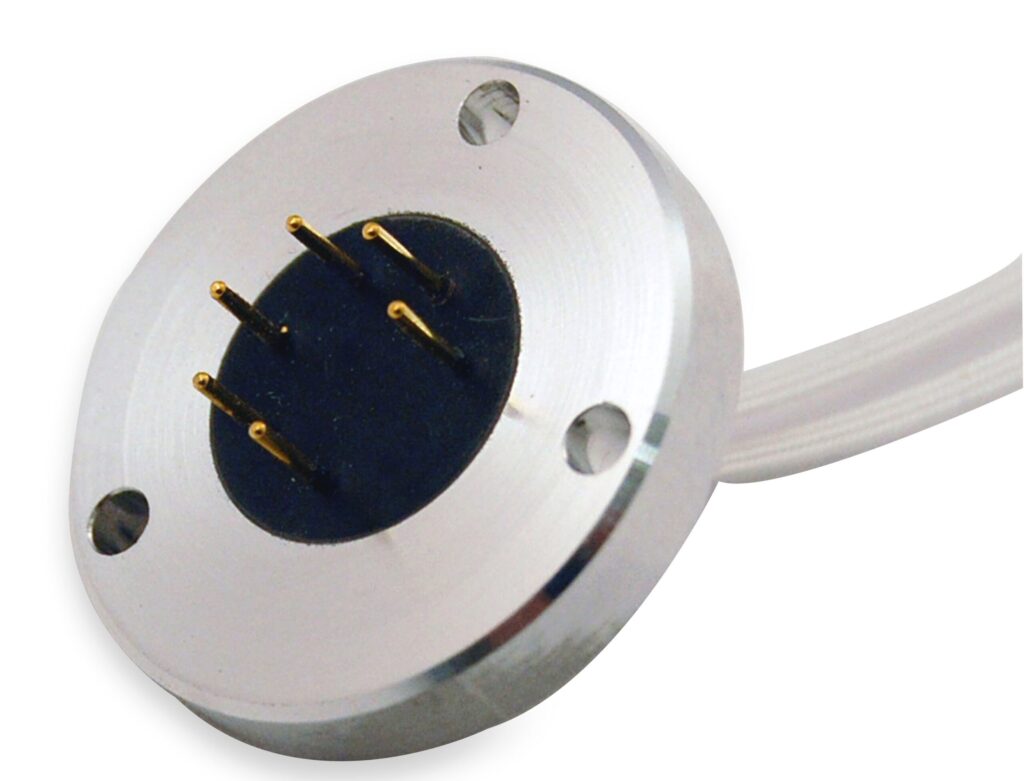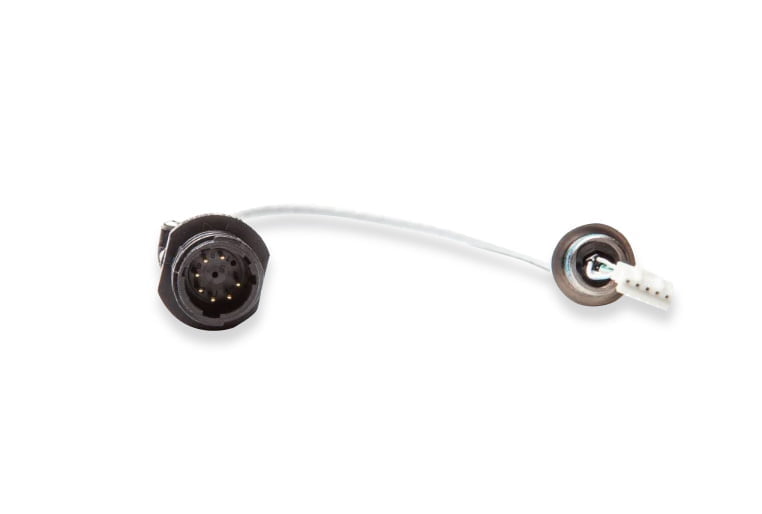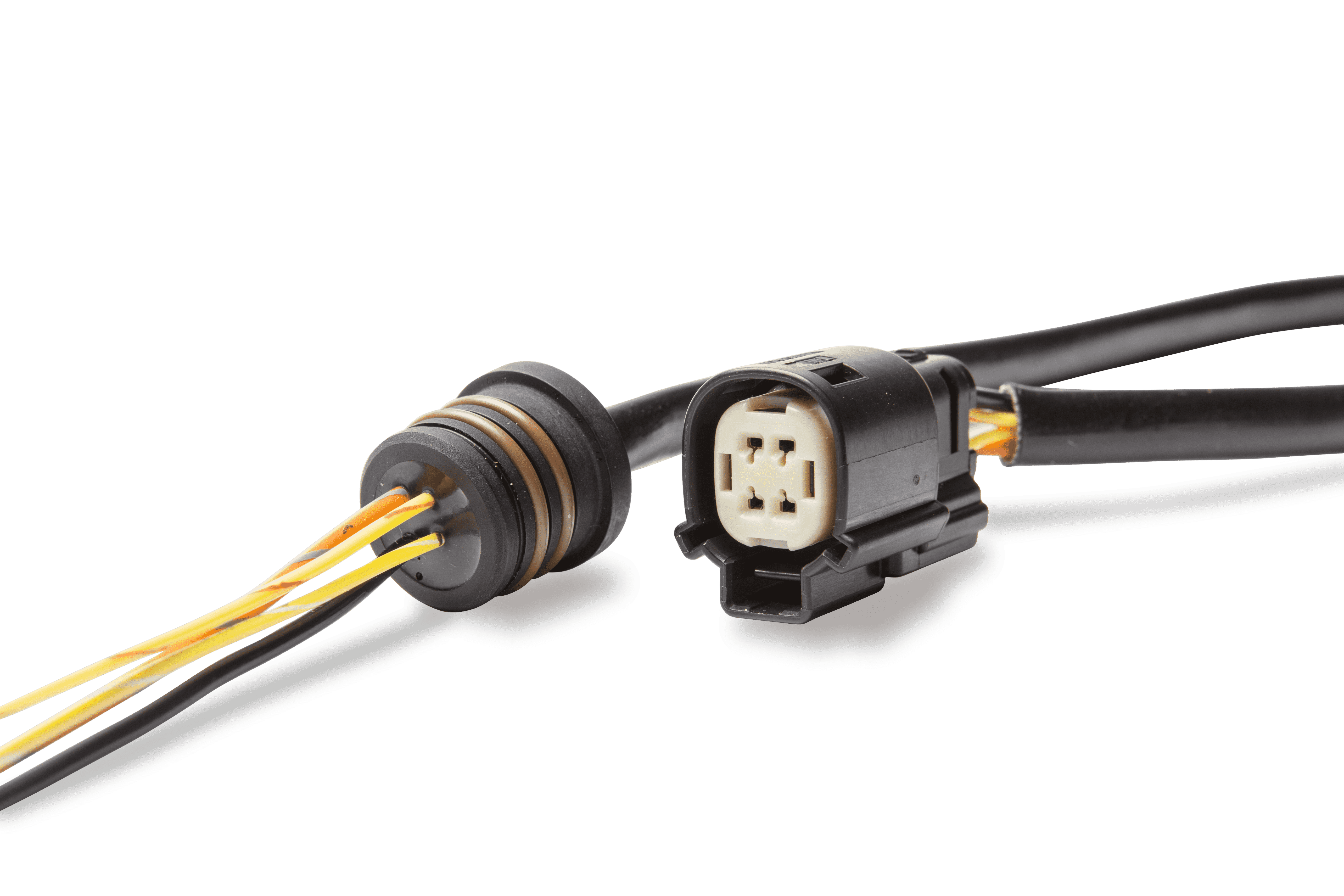
Automotive Feedthroughs
Hermetic sealing capabilities for fuel pumps, batteries, sensors, wires, circuits, and more.
Applications
-
Aerospace & Defense
-
Air Conditioning & Refrigeration
-
Alternative Energy
-
Automotive Feedthroughs
-
Immersion Cooling Hermetic Feedthroughs
-
Cryogenic Feedthroughs
-
Electrical Power Distribution
-
Liquid/Oil Immersed Transformer Feedthroughs
-
Glovebox Feedthroughs
-
Hazardous Locations / Oil & Gas
-
Instrumentation & Controls
-
Magnetic Bearings
-
Medical Equipment
-
Semiconductor Equipment
-
Space Simulation
-
Vacuum Electrical Feedthroughs
Locate a Technical Sales Engineer
Douglas Electrical Components designs and manufactures a variety of hermetic electrical feedthroughs and connectors for the automotive industry. As vehicles are getting smarter and more connected, our business is designed to support customers from R&D to large scale production. Our sealing technology provides a robust, chemically compatible, hermetic seal between various parts of the vehicle. For example, in LiDAR applications, our electrical feedthroughs hermetically seal the camera to prevent water from penetrating the housing of the sensor and fogging the lens or creating a short. Our products are used to hermetically seal an electrical connection with automotive fuel pumps to ensure a long-lasting connection. Additionally, we can provide the service of sealing standard automotive and off-road connector designs that cannot meet the existing environmental constraints such as water, dust, and fretting from vibration.
Reduce complexity and weight while hermetically sealing your housing, connector, or feedthrough.
Our automotive electrical feedthroughs are hermetically sealed in different ways. Douglas Electrical Components can direct cast our epoxy into a customer-designed housing; this can create a low-profile, lightweight assembly that is hermetically sealed to the exact form a customer requires.
Douglas Electrical components offers backpotting connector designs. This process allows us to either hermetically seal non-hermetic connector designs with a variety of integral electrical connection options including pins, sockets, wires, cables, and optical fibers. This service is scalable from Test & Measurement applications in the automotive industry to large scale production. Our hermetic epoxy is not limited to internal combustion engines. Our automotive hermetic connector solutions also span alternative fuels such as hydrogen and hybrid and electric vehicles and charging systems.
Radial O-ring feedthroughs are also popular within automotive platforms. This seal type is suitable for both vacuum and high pressure, features simple installation, and can integrate redundant sealing. Customized metal feedthroughs and threads are also available for customers.
Featured Application | Battery Immersion Cooling
Douglas Electrical Components manufactures hermetic feedthroughs for both automotive battery thermal management and immersion cooling applications. Using a chemically inert, hermetic epoxy, Douglas can feed or pass through wires of virtually any type into a dielectric fluid environment. Douglas will not only seal to the wire jacket, but directly to the conductor passing in and out of the liquid environment. With the seal being hermetic, it is protected beyond IP ratings and 100% tested via helium mass spectrometer to ensure no leakage to allow access to the battery immersion cooling housing.
Key Features
- Hermetically sealed beyond industry standard IP ratings
- Complete mechanical and electrical design flexibility
- Minimize components with a simplified hermetic design
- Chemically inert epoxy seal features compatibility with oils and dielectric fluids
Automotive Solutions
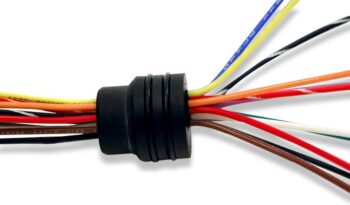
Radial O-ring hermetic wire feedthrough
Radial O-ring hermetic wire feedthrough. Integrate plastic or metal housings and save installation time with an O-ring seal rated for high pressures.

Custom Molded Hermetic Connectors
Create customized hermetic connector assemblies with plastic connectors and integral wires or cables
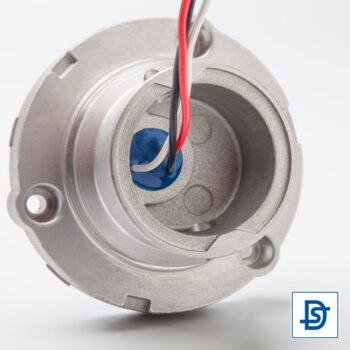
Sealed Fuel Pump Wires
Hermetically sealed wires in fuel pump assembly
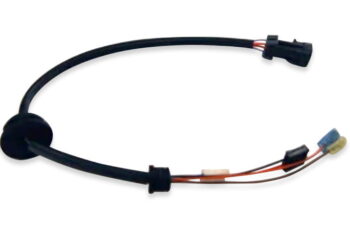
Hermetic Cable Assembly
Automotive hermetic assembly with integral cables, radial O-ring seal, and connectors

Electrical Feedthrough Harness
Customized electrical feedthrough with integral housing, wire, and electrical connection.

Hermetically sealed MIL-spec connector with integral pins
MIL-spec backpotted connectors for military, aerospace, industrial, and autosport applications.
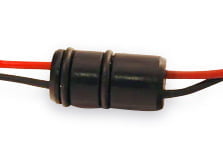
Dual O-ring Wire Feedthru
Automotive hermetic feedthrough with double O-ring seal
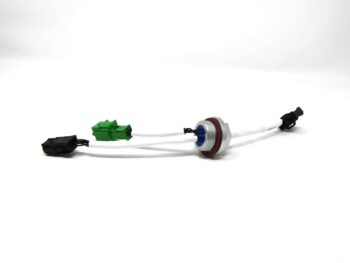
Hermetic SAE Wire Feedthrough
Hermetically sealed wire assembly through SAE housing with integral connectors
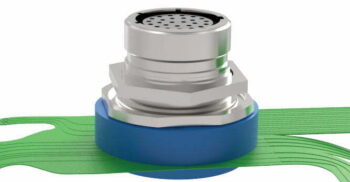
Hermetic flex circuit assembly
Hermetic flex circuit integrated with circular connector rendering
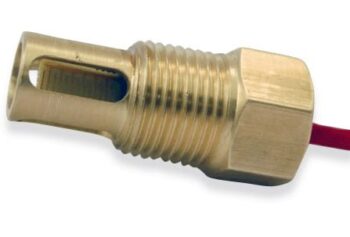
Sensor Hermetic Assembly
Hermetically sealed electrical feedthrough from PCB to cable in threaded housing
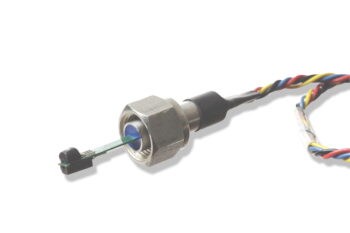
Hermetically Sealed Sensor Assembly
Hermetically sealed sensor assembly where the sensing element is exposed to the operating environment, but the housing and wire are hermetically sealed.

Hermetic Control Box Assembly
Hermetically sealed housing from circuit board to wire assembly. This assembly creates a plug-and-play electrical connection that is hermetically sealed and saves installation time. This is a common configuration in IoT devices.
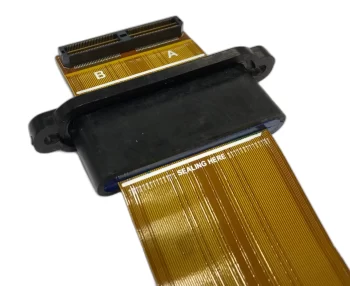
Flex Circuit Sealed
Hermetically sealed flex circuit assembly with custom housing

Multi-flex hermetic feedthrough
Multi-flex hermetic feedthrough circuit with face seal housing and jam nut
Features
TECHNICAL ADVANTAGES
- Hermetic electrical feedthroughs with mounts and waterproof connectorization—including a hermetic equivalent to the IP-68, NEMA 6P-rated, Brad Harrison, and Woodhead design.
- Manufactured and approved for use in refrigerant equipment per UL 984, UL 207, CSA C22.2 No. 140.3 and CSA C22.2 No. 140.2 by UL file number SA10259.
- Compatible with common refrigerants and oils including: PEO oil, PVO oil, R12, R123, R134a, R22, R245FA, CO2 and others.
EXAMPLE APPLICATIONS
- Air conditioning charge sensor used to detect leakage of refrigerant.
- Hermetically sealed sensors requiring protection against humidity, moisture, and high-pressure wash-down
- In-tank hermetically sealed small refrigerant pump applications for pressure, temperature, and hermetically sealed pump power.
- Gasoline, LPG, CNG, LNG and biodiesel tank feedthroughs for in-tank pump power and sensors.
- DuctorSeal® vacuum penetration for kinetic energy recovery systems (KERS).
- PotCon® and StudSeal™ hermetic feedthroughs for on-road lithium liquid metal polymer batteries
- Hermetically sealed high voltage contactors
Documents
Literature & Whitepapers
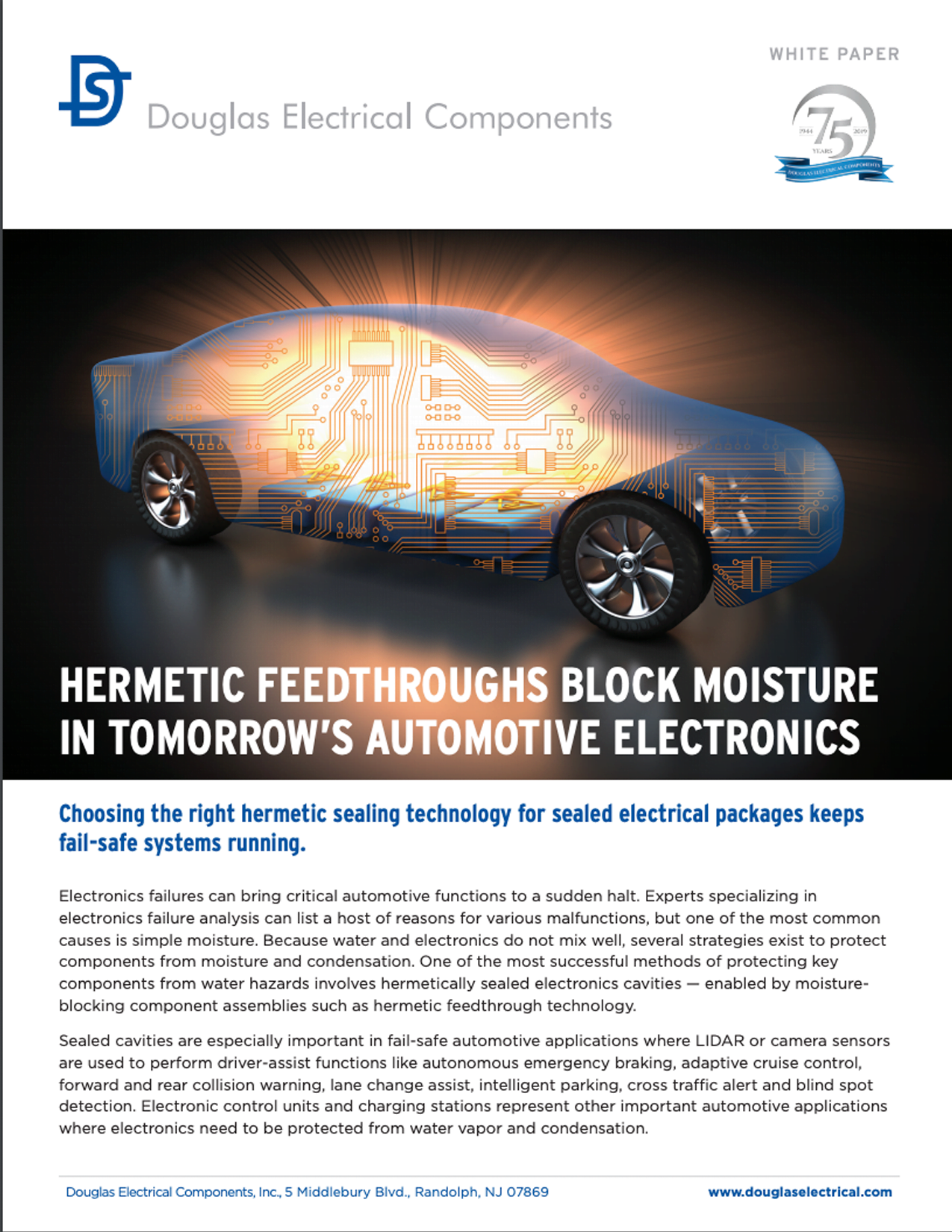


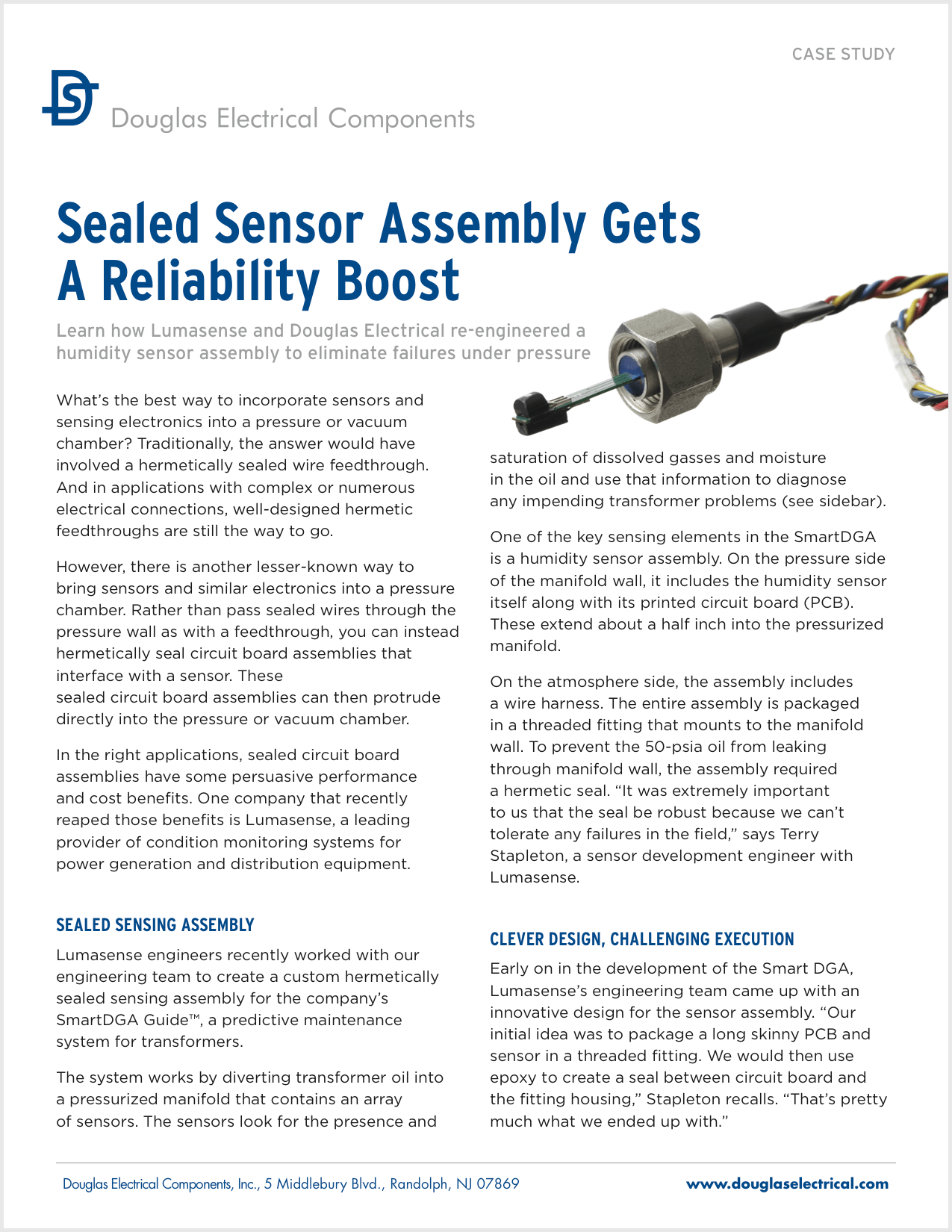
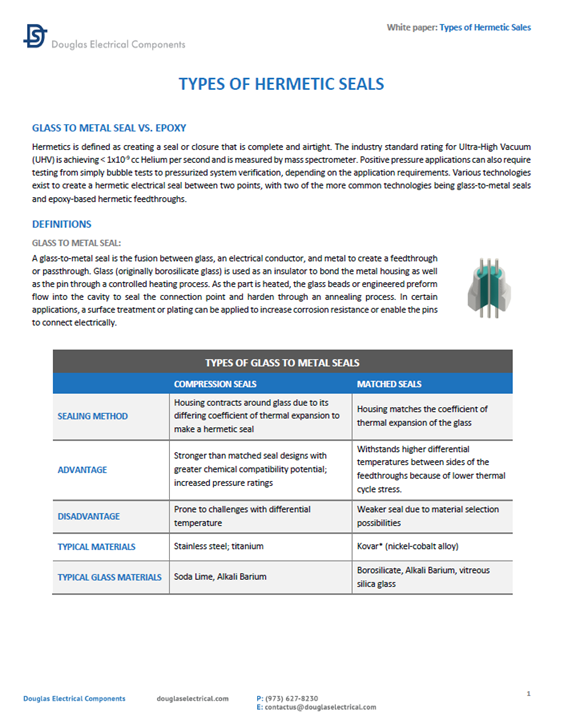
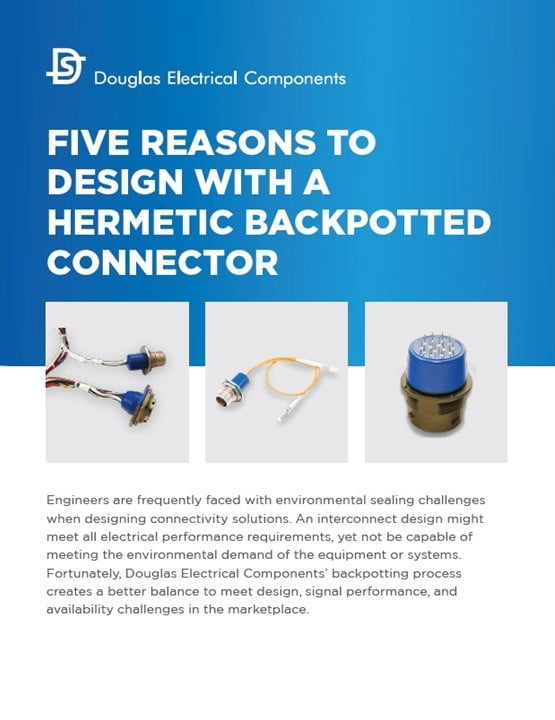
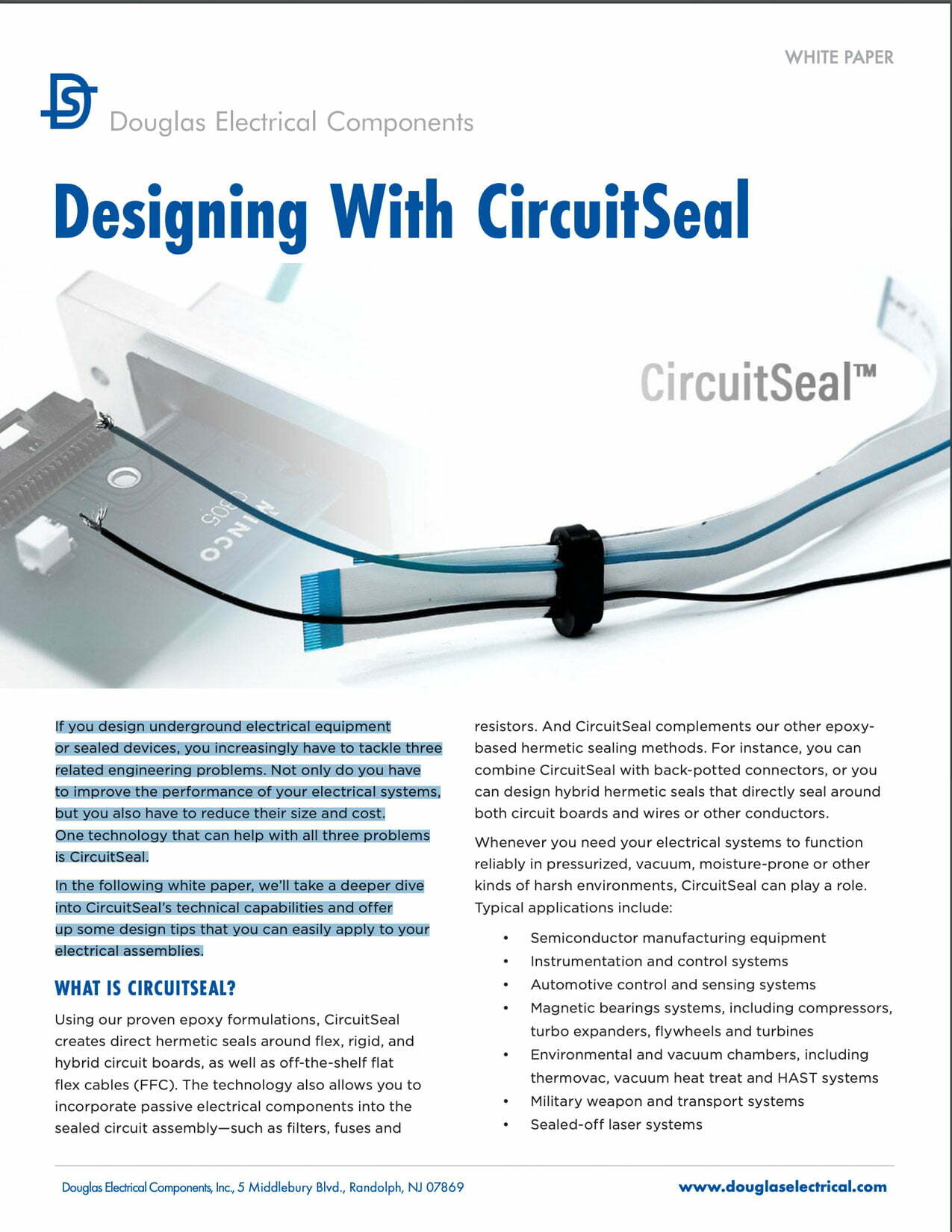
Certificates & Standards



Related Products
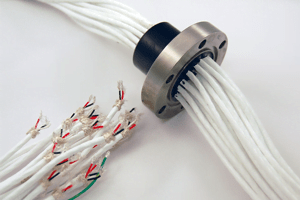
Hermetic Wire / Cable Feedthroughs
Create a high-density, hermetic wire or cable feedthrough using virtually any conductor

Hermetic Circuit Board Seals
Water-proof and hermetic electronic encapsulation of circuit board assemblies.
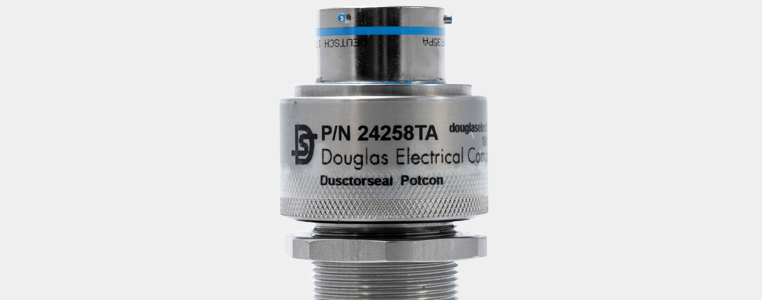
Hermetic Bulkhead Connectors
Hermetically seal the connector of your choice for bulkhead mounting.
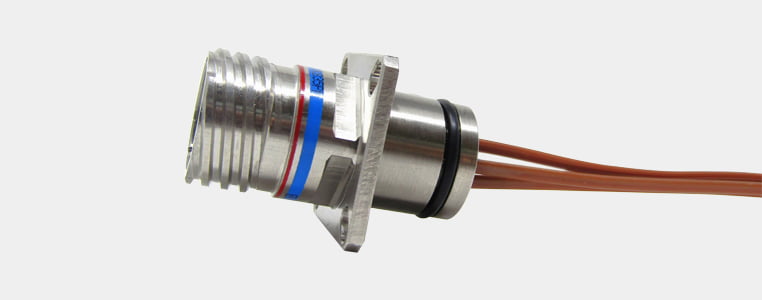
Backpotted Connector Assembly
All the benefits of a hermetic connector with a custom mechanical interface.

Hermetic Backpotted Connector
Industry-leading made-to-order hermetic bulkhead connector assemblies
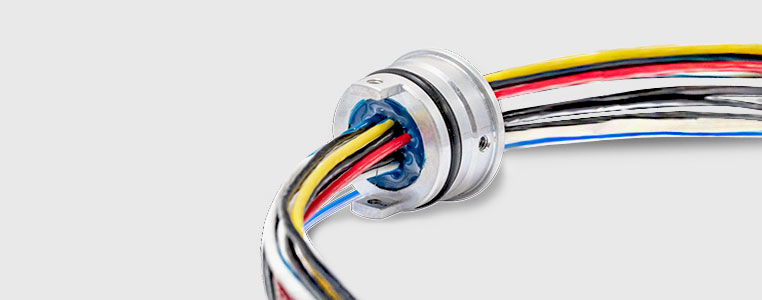
Radial O-ring Feedthroughs
High-pressure feedthrough capable of hermetic sealing
for various OEM applications

SAE Feedthroughs
Hermetically seal connectors, wires, cables, terminals, circuits and
optical fiber with an SAE mechanical interface.
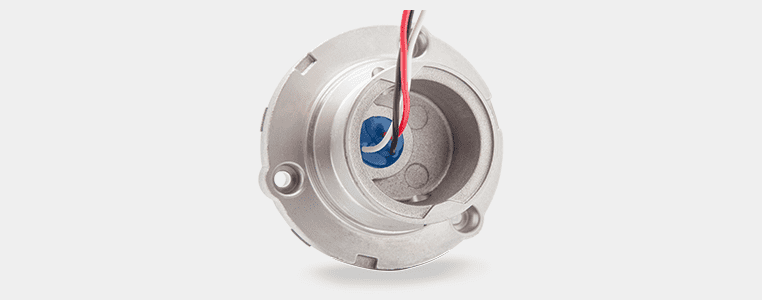
Customer-Supplied Housing Feedthroughs
Create lightweight, low-profile hermetic assemblies using your existing housings and hardware.

